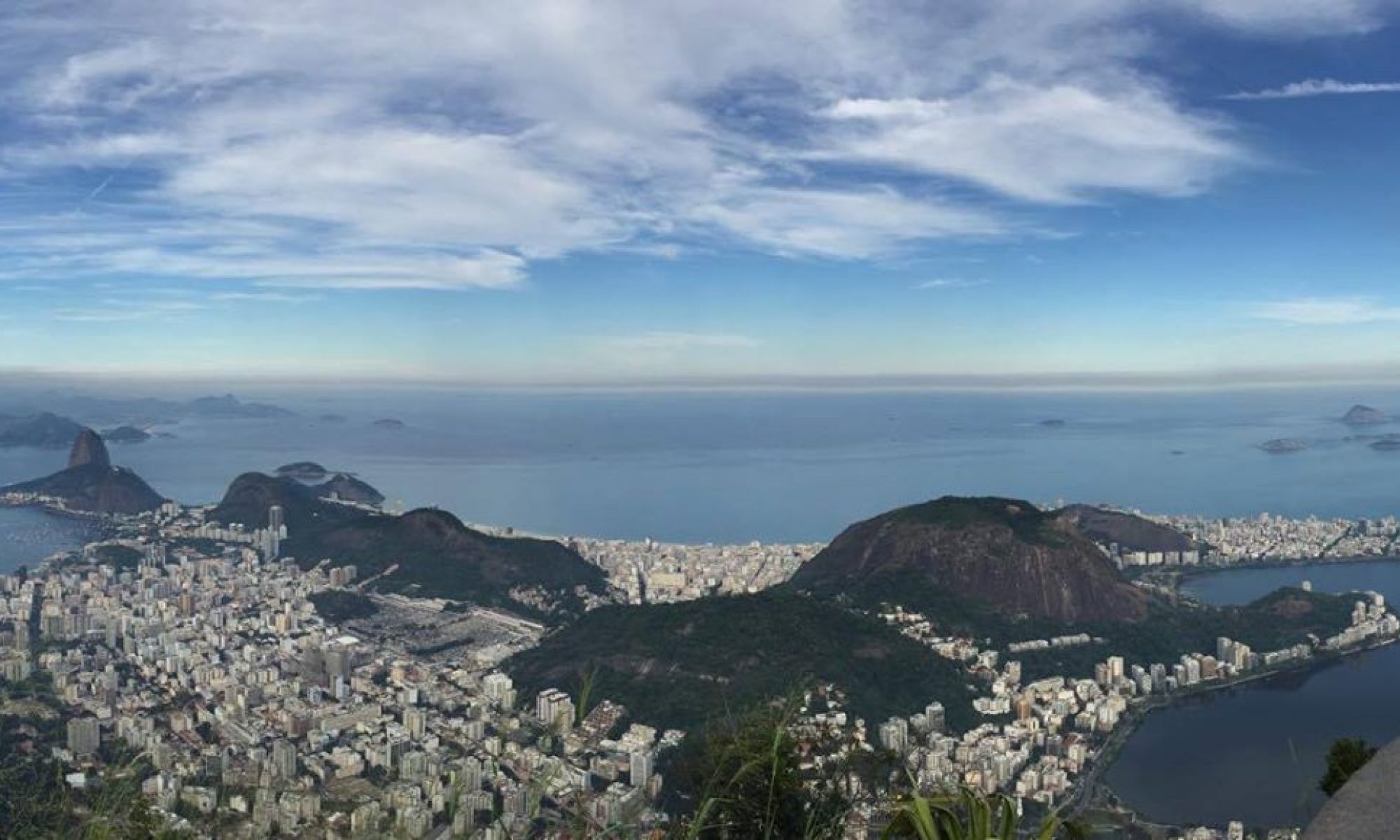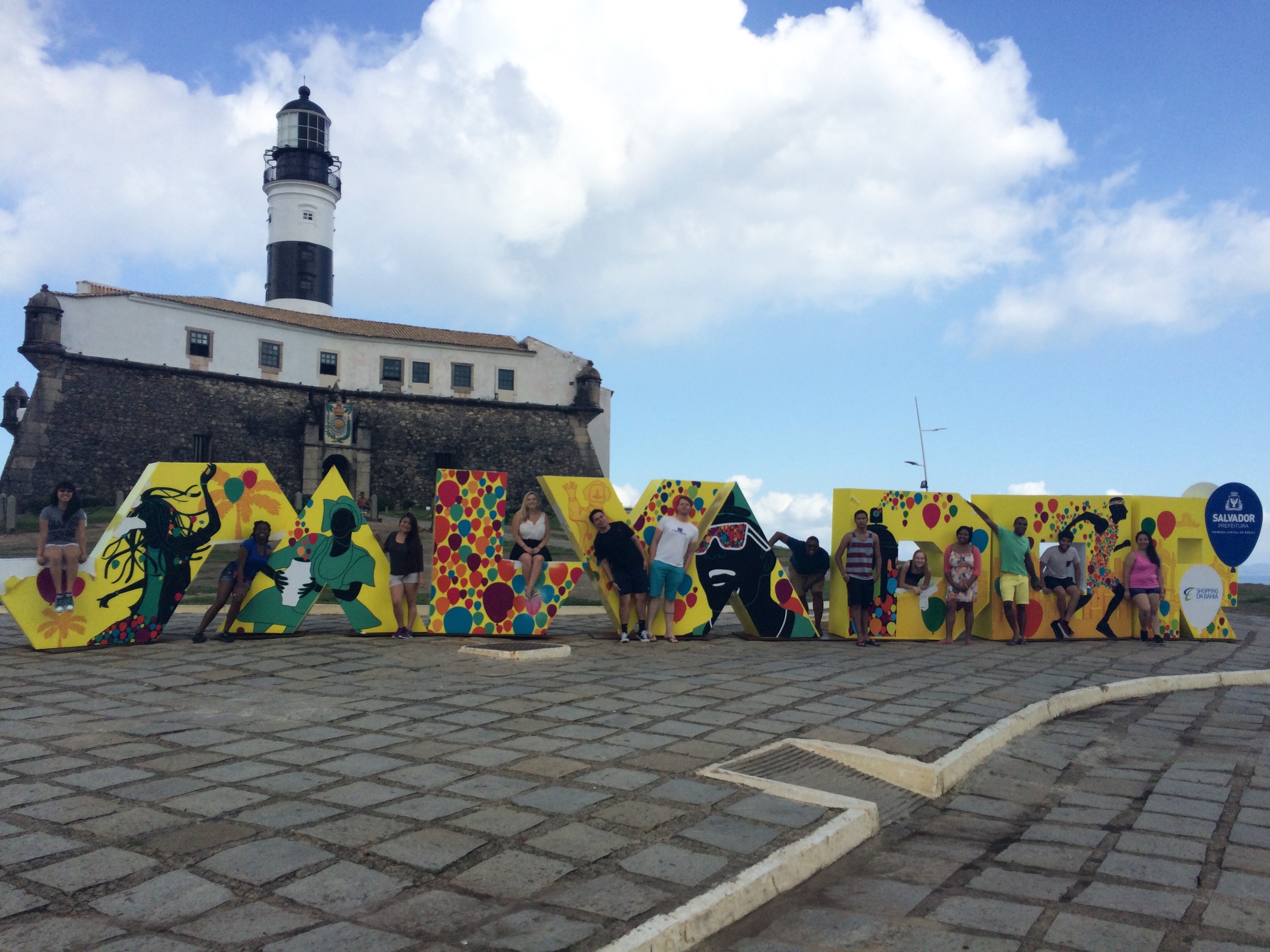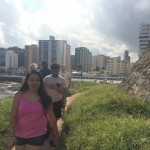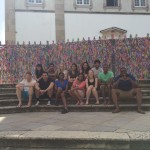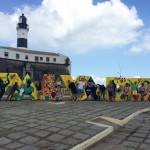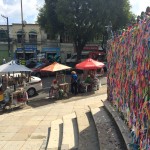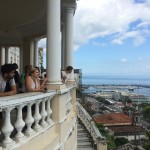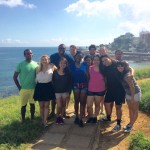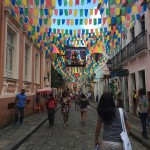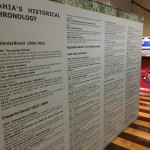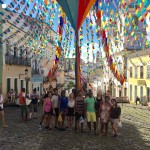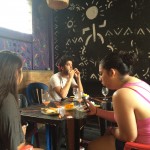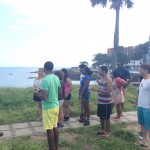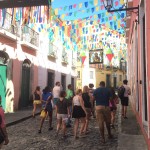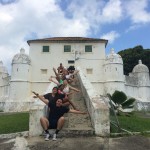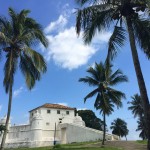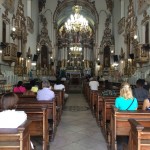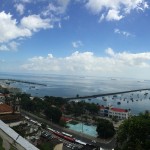June 16, 2015
By: Marley Pulz
We arrived to Salvador yesterday, and already we are engulfed in color and liveliness, this city varies drastically from the past two cities we experienced. Salvador has a population of three million people where 85% of the population is black with an average temperature of 28 degrees Celsius in the winter and 38 in the summer. September 7th, 1822 is the official day of independence for Brazil, but central Bahia was still not free, this area was not free from the Portuguese until July 2, 1823. In the Colonial times of Salvador, many economic activities helped the city to thrive, including farming sugar cane which has been important since the 16th century, participating and being a huge part of the slave trade, mining diamonds and gold, creating safe ships, and hunting whales for their oil. Whale hunting started in the 16th century and lasted about 200 years because it was used in civil, military, and religious activities. All these activities helped to develop Salvador and its wealth helped it to develop a Baroque influence in buildings, with over 3,000 buildings created in this style still standing. Because of this economic success and stability, Salvador was set to be the first capitol of Brazil, and was such for 200 years but in 1763 the capitol was moved to Rio de Janeiro. Barra, one of the wealthiest neighborhoods is set on a “barra” or slope of a hillside and so on the “Victory Corridor” where the English people first settled in the 19th century, we saw that many of the “flats” or apartments were occupied by wealthy people who had cable car access to their own beach. We see similarities here to São Paulo and how the wealthy are physically segregated from the “povo” or people. This phenomenon can be seen through the article “Fortified Enclaves: The New Urban Segregation” by Teresa P. R. Caldeira, where she delves into a comparison between São Paulo and Los Angeles, USA because these new communities that are gated are completely removed so wealthy people never have to leave. This situation encourages “their aim to segregate and to change the character of public life by bringing private spaces constructed as socially homogeneous environments those activities that has been previously enacted in public spaces” (2005: 331).
The city of Salvador is divided into the Upper and Lower city, and the Upper city is situated at 17 meters high, whereas the Lower city is at sea level where the ports are; this created easy access to trading, which is why Brazil was so successful in the slave trade. They took African slaves and forced them to become Catholic since everyone was supposed to declare the Catholic faith, but slaves incorporated African Gods and Goddesses into Catholicism, so we saw Goddesses representing the Candomblé religion. For example, the Goddess Oxala always dresses in white and is associated with Jesus, because of the influence of Catholicism.
We visited a church named Nosso Senhor de Bonfim, which is covered in ribbons that people tie three knots into, each time a knot is tied, the person is supposed to make a wish or prayer. These ribbons are very interesting because they cover two devotions, Catholicism and Candomblé; each of the different colors represents a different African God. “Bonfim” means “good end” and inside there was a room for miracles, where people taped pictures of loved ones who need help onto the walls in hopes that these two devotions will come together to aid them. Lastly, we went to Pelourinho which is a square and was the hub of the slave trade when it took place and also the place where slaves were punished by tying them and them whipping them. During the day we looked at all the different market items to buy and had lunch. The amount of colors and music surrounding this square was phenomenal. At night, since it was a Tuesday, we attended a Catholic Afro-Brazilian mass in which many people were singing and clapping along. The sermon was done in a traditional manner, but the singing and music were all performed in an Afro-Brazilian style, accompanied by incense in between each song and prayer. Whilst leaving the square, we ate traditional food called acarajé and watched live street performances by drum groups and ended the evening with live “forro” music, a traditional type of music from the Northeast of Brazil.
–
Calderia, Teresa P.R., (2005), “Fortified Enclaves: The New Urban Segregation”, in The Urban Sociology Reader, JanLin + Christopher Mele, Routledge: New York
